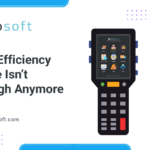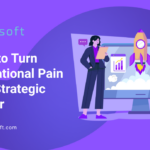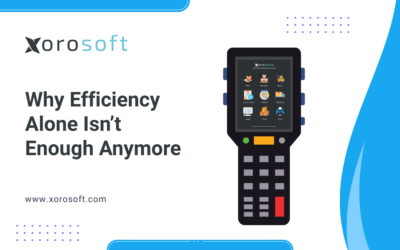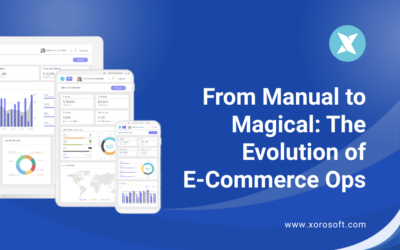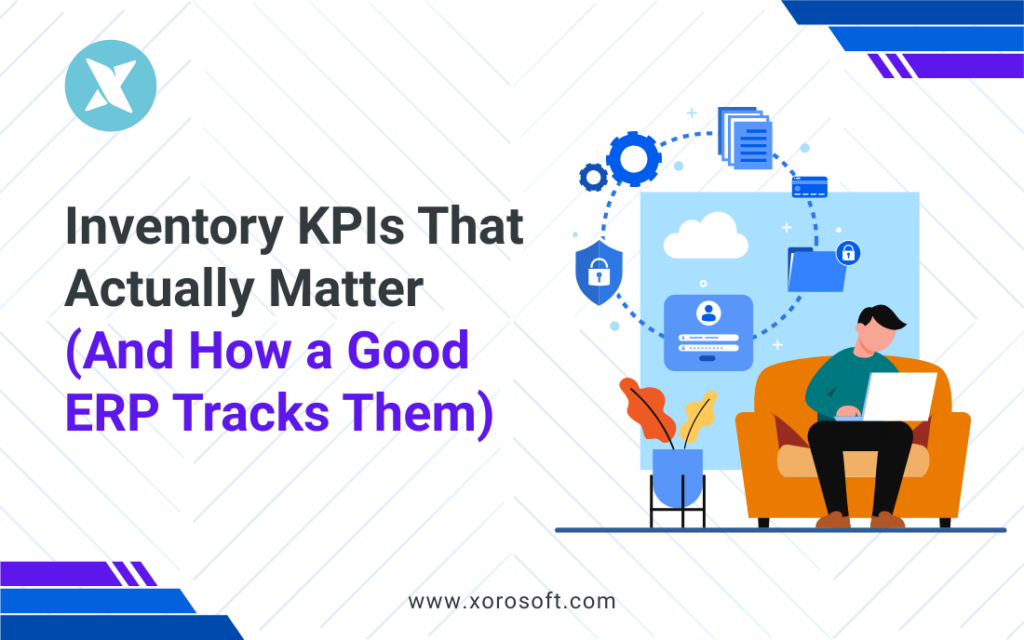
Why Most Businesses Track the Wrong Numbers
Let’s be honest: scaling companies are drowning in numbers. They track dozens of reports, but very few focus on the inventory KPIs that actually reveal profitability. Spreadsheets pile up, warehouse logs are updated late, and finance runs its own reports—yet the numbers rarely agree.
The problem is clear: not all metrics are created equal. Tracking the wrong ones can make leaders feel safe while margins quietly erode. On the other hand, focusing on the right inventory KPIs can uncover blind spots, improve cash flow, and shift decision-making from reactive to proactive.
The Real Cost of Data Overload
Many companies track dozens of metrics without understanding which ones directly impact profitability.
For example:
-
Warehouse utilization rates look impressive but fail to show stockout risks.
-
Gross sales numbers rise, but without factoring returns or carrying costs, they mislead.
-
Order fulfillment times are measured, but not tied back to inventory accuracy.
This creates what we can call a data overload problem. Too many disconnected numbers lead to false confidence.
When your systems don’t connect, the costs pile up quickly:
-
A stockout during peak season forces refunds and damages customer trust.
-
Overstock ties up working capital for months.
-
Procurement teams buy based on outdated reports, not reality.
Although businesses feel like they’re tracking KPIs, they’re often watching the wrong ones—or watching the right ones too late.
Why Inventory KPIs Lose Their Power
The root cause is almost always the same: disconnected tools. A typical company runs on spreadsheets, QuickBooks, shipping apps, and maybe a bolt-on warehouse tool.
But disconnected systems create three big problems:
1. KPIs are never real-time. By the time you see them, conditions have already changed.
2. Teams work in silos. Finance, operations, and procurement each trust different data.
3. KPIs lack context. You know the number, but you can’t tell what drives it—or how to fix it.
Consider inventory turnover ratio. If it falls, is the issue over-ordering, slow sales, or poor forecasting? Without integrated visibility, you can’t know.
So the issue isn’t that businesses ignore KPIs. It’s that without a unified system, those KPIs lose their impact.
From Delayed Reports to Real-Time Visibility
The good news is businesses don’t have to stay stuck in reactive mode. With the right ERP, KPIs transform from static numbers into real-time insights.
Here’s how the shift looks in practice:
-
From lagging indicators to leading ones. Instead of discovering problems at month-end, you see them instantly.
-
From isolated metrics to connected insights. KPIs link across procurement, finance, and fulfillment.
-
From firefighting to planning. Leaders adjust course before small issues spiral into big ones.
When ERP becomes the single source of truth, KPIs stop being stale reports and start guiding daily decisions.
How Xorosoft ERP Tracks the Inventory KPIs That Matter
This is where Xorosoft ERP changes the story. Unlike legacy tools, Xorosoft is cloud-native, quick to deploy, and designed for real-time visibility. Businesses no longer have to wonder which numbers matter—because the system tracks them automatically with full context.
Here are the inventory KPIs that actually matter and how Xorosoft helps teams act on them:
➡️ Inventory Turnover Ratio
Shows how often inventory is sold and replaced in a period. A low ratio signals excess stock, while a high one means efficient use of capital.
Xorosoft connects turnover across Shopify, Amazon, and wholesale channels, flagging slow-moving items that tie up cash.
➡️ Days Sales of Inventory (DSI)
Measures how long items stay in stock before being sold.
With real-time WMS, Xorosoft reveals DSI by product, location, or season, helping procurement adjust before waste builds.
➡️ Stockout Rate
Tracks how often demand can’t be fulfilled due to missing inventory.
Xorosoft’s forecasting engine predicts spikes and automates reorder points, keeping products available when customers need them.
➡️ Carrying Costs of Inventory
Includes storage, insurance, depreciation, and obsolescence.
Because financials and WMS are unified, Xorosoft calculates carrying costs automatically. Teams can see true profitability—not just sales.
➡️ Order Accuracy Rate
Measures the percentage of error-free orders.
With barcode scanning and guided workflows, Xorosoft reduces mis-picks and keeps fulfillment accurate.
➡️ Return Rate
High return rates signal deeper issues like fulfillment mistakes or poor demand forecasting.
Xorosoft ties returns back to sales, inventory, and finance, helping teams pinpoint causes instead of guessing.
➡️ Gross Margin Return on Investment (GMROI)
Reveals profit per dollar invested in inventory.
Xorosoft delivers live GMROI dashboards so finance leaders know exactly which products fuel margin growth.
And because Xorosoft is #1 in Ease of Use on G2 (see ranking) and live on the Shopify App Store (see listing), businesses get these insights without waiting months for IT projects. Setup is fast, adoption is simple, and results are immediate.
A Smarter Path to Growth
Leaders who move from NetSuite to Xorosoft report smoother scaling, faster decision-making, and stronger alignment across teams. More importantly, they feel in control, knowing every part of the business is connected.
Your edge depends on clarity. And clarity comes from a unified system. Above all, it comes from choosing tools that align with your growth goals.
👉 Book a demo today and experience how real-time visibility transforms leadership.
